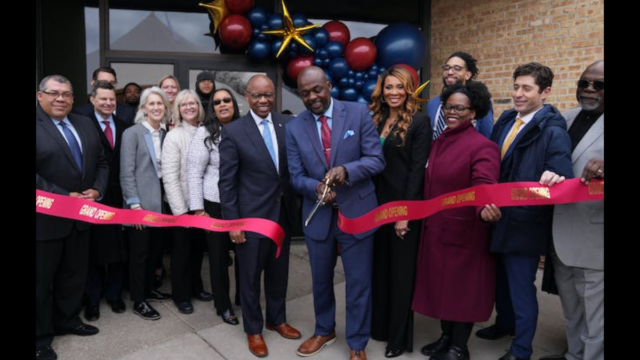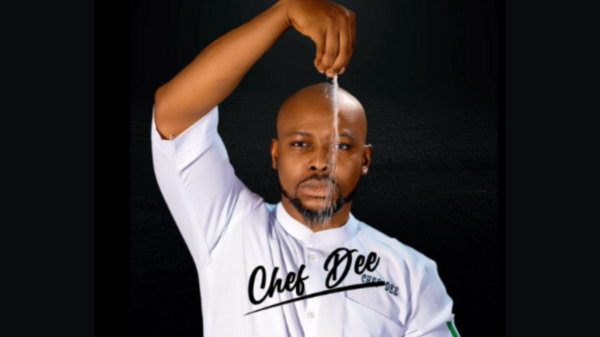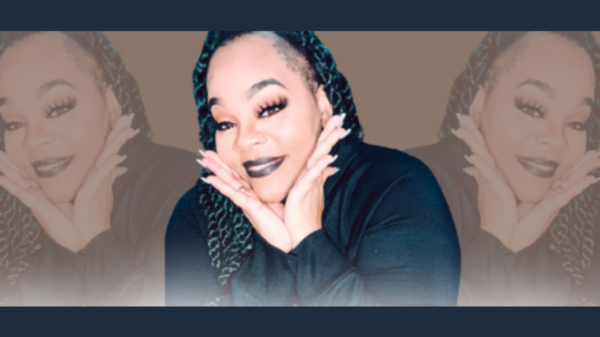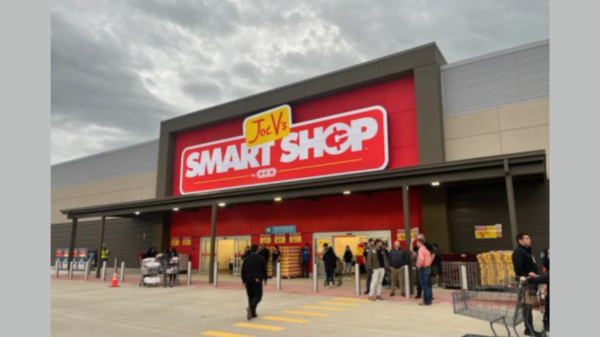
By Kenneth Kelly
Opinion editor’s note: Star Tribune Opinion publishes a mix of national and local commentaries online and in print each day. To contribute, click here.
•••
It’s well documented that Minnesota’s racial wealth disparities are ranked among the worst nationally. According to the Federal Reserve Bank of Minneapolis, the average white Minnesotan, in the middle 20% income bracket, makes $46,000 per year more than the average Black Minnesotan in that bracket. Perhaps even worse, the Federal Reserve reports that Minnesota has among the largest homeownership gaps in the nation.
This homeownership gap — and inequity in valuation — both contribute to a dire financial picture for Black Americans. Brookings reports that “a typical home in a majority-Black neighborhood is undervalued by $48,000 due to racial perceptions of worth, reducing by an estimated $156 billion the total wealth of homeowners in Black neighborhoods.”
All this contributes to statistics such as the 2019 report that 25.3% of Black Minnesotans owned a home compared to 76.9% of white Minnesotans, and that the median net worth was $211,000 for white households vs. an appalling $0 for Black households.
One of the inherent challenges in financial services is the shrinking pool of institutions with representation of minorities. More than two years ago, key Minnesota banking leaders noted the lack of a Black-owned bank to address this municipal need. Their conversations led to exploratory research and outreach.
Last year, we opened our first of two First Independence Bank (FIB) branches in Minneapolis, becoming the only Black-owned, minority depository institution in the state of Minnesota, uniquely suited to bringing long-needed representation to urban economics. While “we are “Black-owned,” we are not “Black-only.” Our customer base and employee teams represent many ethnic and racial backgrounds to demonstrate the best of America.
Wells Fargo, U.S. Bank, Huntington Bank, Bremer Bank and Bank of America all worked in collaboration with First Independence Bank and provided financial, logistical and technical support during our Twin Cities expansion efforts as we proudly addressed this community need.
On a local level, we have partnered with Summit Academy to present a 20-week training program to prepare more professionals of color to enter the banking field. The program starts in 2024 with the intent of increasing representation of mortgage lenders across many banks.
In Minnesota and across the country, FIB is seeking to close the wealth gap by focusing on increasing homeownership among Black residents as the statistics above demonstrate an extraordinary opportunity. Another way FIB is seeking to increase homeownership is by partnering with nonprofits like Operation HOPE to conduct financial education initiatives that include credit improvement coaching, as well as referrals to first-time homeowner programs.
However, we also recognize there is much more work to do to address systemic inequality in a comprehensive way. This will require all stakeholders to lean in and step up — government entities, small banks, large banks, nonprofits and the private sector. As we strive for continuous progress, we hope that more Black-owned banks and majority-owned banks will follow our lead in investing in communities across this country. To help make that a reality, leaders at the local, state and federal levels must also invest in these collaborative efforts. Banking is an American value that we all embrace.
Fortunately, Minnesota’s Sens. Tina Smith and Amy Klobuchar have been outspoken advocates of closing the racial wealth gap. Minnesota Gov. Tim Walz recently allocated $95 million for the Economic Development and Housing Challenge Program and $200 million for down payment assistance programs. This level of leadership provides the optimism that we can make a difference at the federal, state and local levels to lift up our communities by attacking these issues through policy.
Banks represent “beacons of hope” for growth and development as demonstrated by the fact that in every major city, some of the largest buildings display the names of banking institutions. The banking sector is one of the integral components in closing this wealth gap. Banking institutions are also integral in building a future where a broadly diverse customer base and workforce become natural parts of the fabric of our financial sector to manifest the American dream.
Kenneth Kelly is the chief executive of First Independence Bank, Minnesota’s first Black-owned bank.









